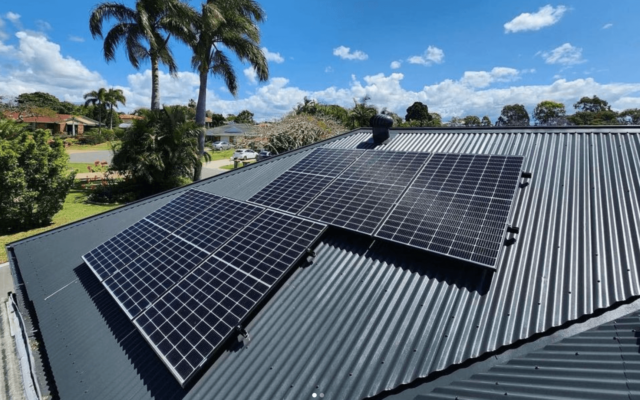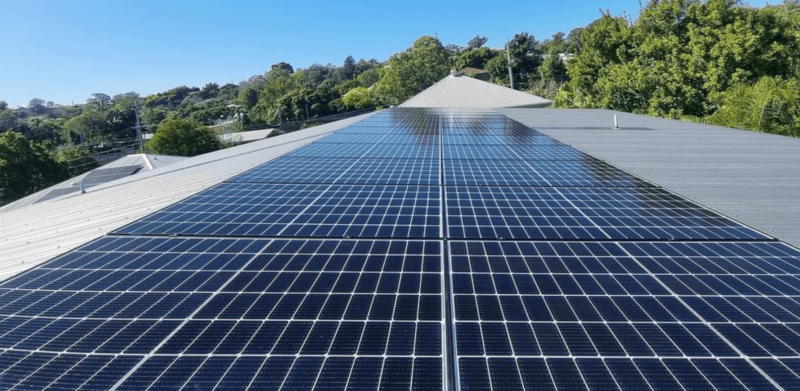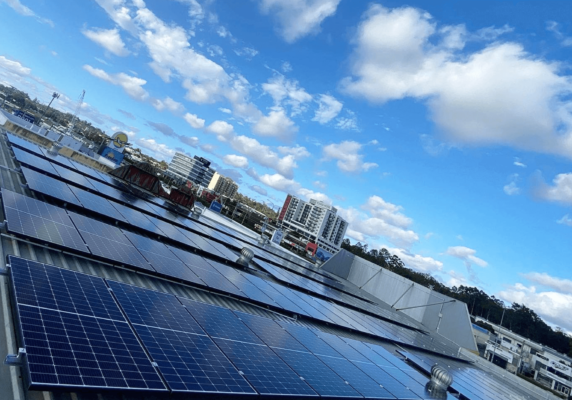In Australia, there’s a national Government Incentive program called the Small-Scale Technology Certificate Scheme, or “STC”.
It’s a financial incentive program for you to install renewable energy systems such as solar panels, inverters and storage solutions such as solar batteries.
ACT
Through this program, the ACT Government is subsidising battery storage in around 5000 Canberra homes and businesses. 4 battery storage and solar PV companies have been selected to do the installations through a competitive process.
The current rebate is $825 per kilowatt (kW) up to a maximum of 30kW.
NSW
When you purchase a solar panel system in New South Wales, you are eligible to receive the NSW government solar rebate, which can cut the cost of your solar system by up to 33%. The NSW government solar rebate consists of ‘small-scale technology certificates’ (STCs).
NT
Generally in the Northern Territory on a residential 4.5kW system the STC rebate is approximately $3900 and on a 6kW residential system the rebate is approximately $5200. When you sign up with Country Solar NT you will assign your STCs to us when you purchase your solar PV system as we are a registered agent.
QLD
If you live in Queensland, you can receive a solar panel rebate from the Australian government. Any purchase of solar panels will qualify for the rebate so long as the modules and inverter receive approval by the Clean Energy Council and; a CEC accredited installer performs the installation.
SA This is a simple headline
Lorem ipsum dolor sit amet, consectetuer adipiscing elit, sed diam nonummy nibh euismod tincidunt ut laoreet dolore magna aliquam erat volutpat. Lorem ipsum dolor sit amet, consectetuer adipiscing elit, sed diam nonummy nibh euismod tincidunt ut laoreet dolore magna aliquam erat volutpat.
Lorem ipsum dolor sit amet, consectetuer adipiscing elit, sed diam nonummy nibh euismod tincidunt ut laoreet dolore magna aliquam erat volutpat.
TAS
As a Zone 4 qualifier, Tasmanian residents are eligible to receive STCs valued at $2,971 for a 6.6kW solar system. Overall, STCs automatically discount solar energy systems by roughly 20 – 30 per cent, offering high incentives for any and all takers.
VIC
The average electricity cost in Victoria is 23.272c/kWh. So if you’re generating 18kWh of electricity each day, you’d save around $125 per month, or over $1,500 each year with solar. In other words, yes: it’s definitely worth it to install solar panels in your Melbourne home in 2020.
WA
For 2020, the solar power rebate value in Western Australia is $814, which is equivalent to 22 STCs for a 1.5kW system. If you have a 2kW system, you will get $1,110 or 30 STCs. These estimates are based on a $37 STC value.
The STC program is a federal government initiative to assist homeowners in reducing the upfront cost of installing a solar system.
When a solar system is installed, it generates a number of STC’s (Small Scale Technology Certificates). These certificates represent the positive environmental impact of using solar energy over carbon-emitting fuel sources such as gas and coal.
They have a monetary value and are traded on the open market. Companies who are aiming to reduce their environmental impact purchase these certificates from installers therefore partially funding the solar installation.
Installers then pass this onto homeowners by lowering their system prices.
Consult with our friendly solar technicians today to understand the value a solar system or battery and how it could save you wasted money on your power bills.
To provide an exact quote, we suggest conducting an in-home consultation with our reputable solar technicians and energy experts.
To maximise your savings, we advise that you use your solar system power during the day and look at your battery options for further savings.
If that’s not an option, your solar energy will be exported to the grid.
The energy provider you choose will then pay you for this excess electricity. The amount you are paid is called the feed-in-tariff.
Each energy provider will offer a different tariff amount, it’s worth shopping around to make sure you get the best rate.



